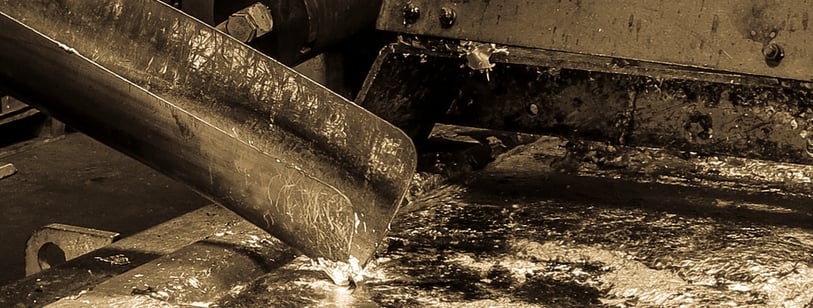As winner of numerous international awards, Bruschi Spa is known for its innovative approach in design and technology. We are glad to share our insights and experiences with the industry members.
Die casting services: the power of Co-Design
Among die casting services a supplier may offer to its customers, co-design is fundamental to realize a product with specific technical requirements. Co-design is the collaboration between the client and the die casting supplier, and it is fundamental to realize a product that has technical characteristics requested for its functionality and its aim and is at the same time in compliance to the process of die casting.
The importance of co-design in die casting services
The supplier is specialized in zinc die casting technology. For this reason choosing the right supplier it is fundamental, because the supplier is able to deeply understand if die casting is the best technological process for the production of the requested component.
An expert die casting manufacturer understands if a product can be realized with die casting technology or has to be modified because of its weaknesses.
Which are co-design benefits?
Co-design is an important moment in product design, because during design process of production phase among casting has some technical needs, essential for the good outcome of the product and for its feasibility.
If co-design is incomplete or absent, the risk is that the product design starts and finishes without the consultation of supplier by the client. This will lead to difficulties during the casting and the product will not reach clients’ expectation and technical requirements. For this reason is fundamental in product design, since the beginning, that client and supplier collaborate and share information and know how to process optimization and the good outcome of the project.
Another benefit of co-design is the relationship between the client and its supplier. This strict collaboration among them allows to obtain, in addiction to better results, also trust, feeling and synergy among the two parts involved in the process. Furthermore know – how of supplier and client is expanded and widen. The result is a better product in a cost saving way, creating a collaboration structure that will be used also for future projects.
The exchange of information allows the supplier to highlight critical points and qualities requested by the client such as aesthetical, functional and structural ones. This step allows to design a functional mould that is reactive to this issues.
Which tools are used for co-design activity?
Co-design can be used for industrialization of new products but also for increasing the quality of already existing products or that causes problems of the increase of secondary operations. In this terms is important that the supplier has valid tools to analyze possible problems of the product already existing or issues during die casting process.
The main tool is the experience of the supplier in similar problems, however technology innovation need the increase of these resources using other technical tools.
This kind of tools can be divided into two categories:
- Numerical simulations
- Rapid prototyping (pilot tools)
Numerical simulations
Numerical simulation is the study of physical phenomenon among the numerical algorithm solving that describing the behavior of a system.
Numerical simulation is used in different phases of co-design. First of all it represents a fundamental tool to understand which is the correct geometry to feed the product.
Developing new products is important that this phase is developed during the product design phase, because the component geometry can be modified to optimize and simplify the filling. At the same time the simulation technician need to analyze the alloy behavior during solidification and cooling phase.
These phases can originate structural and aesthetical defects such as shrinkage porosity, lakes, deformations and residual stress.
For all these reasons simulation need to include the analysis of the thermal regime for the right simulation of the production cycle.
Consequently numerical simulation can be used also for the study of phases after the die casting process: ejection, cooling with air or water (quenching) and cutting of overflows and runners.
Rapid prototyping (pilot tools)
The development of efficient numerical control machines offers to suppliers the chance of realizing in a short time pilot tools able to anticipate the outcome of the final product. This allows to highlight critical points of the mould with the aim of modifying the mould geometry or eventually the component design. Samples produced with the pilot tool can be used to widen the analysis of secondary operations like painting, galvanizing or vibration.
If you are using simulations to design or improve your die casting moulds and processes, please share your experience with us using the contact form below.
To get updates on trends and innovations in the Zinc Die Casting industry, you are welcome to subscribe to our blog.


